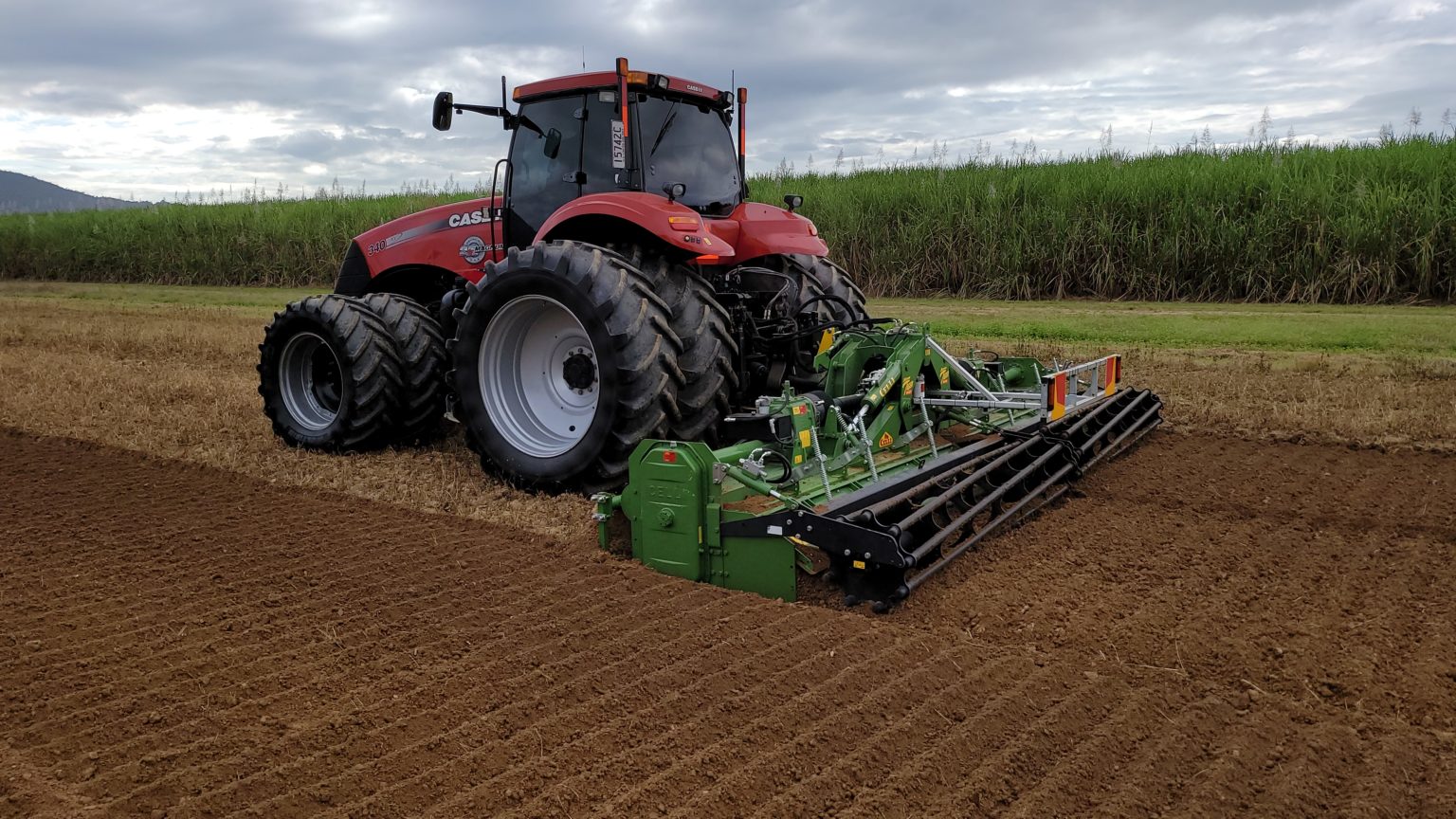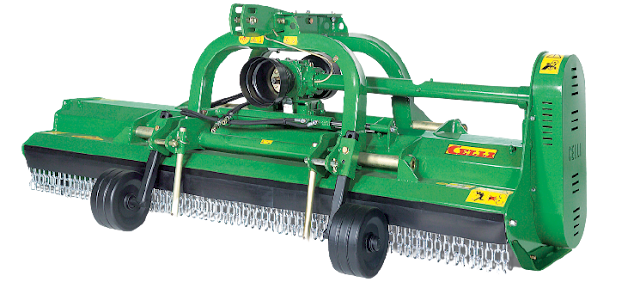This is the first of a series we'll be writing. We will discuss many agricultural terms and explain them in layman's terms. We will discuss agriculture history, various farm implements, and farm equipment. We'll be covering
farm machinery sales and
farm equipment, but we will also cover all brands and types of farm machinery.
We will try to provide something for everyone, regardless of whether you were born in the city with no farming knowledge or grew up in rural areas, possibly even as a farmer. Farm machinery sales will be our main focus, but we are open to discussing other topics. We would love to hear from you if you have a topic for a blog post.
We would also love to write about agriculture news, industry happenings, tips & techniques and weather patterns.
Spreaders,
mixer wagon,
orchard mulcher,
grader blade,
leaf spring are our main sales areas so we will focus on those but we don't limit ourselves only to information and news from those states.
Finally, we would love to see photos of your family using antique tractors. We love farm equipment, and the part they played in agricultural history. We love tractors and would love to show them off here. You can also find manure spreader on our website. Or give us a call! We appreciate you taking the time to read!
Sustainability in agriculture isn't a new concept.
It's possible to argue that it was the pioneers and advocates for
spreaders and
manure spreader agriculture practices in Australia that recognized the urgency of restoring the health of our ecosystems.
Climate change mitigation strategies are bringing sustainable land systems into sharp focus, with agriculture accounting for some 24% of global emissions.
Farmers get double the benefits of soil carbon farming by monetizing it
It is widely understood that carbon sequestration (or carbon capture and storage) is a key lever in mitigating climate change's impacts.
Organic farming and soil health go hand-in-hand. Increasing soil carbon is the goal of all organic management systems.
Problem with Australian soils
According to international standards, soil organic matter is low in Australia.
Australian soils are old and have poor structure, fertility, and low organic matter. This was even before the first man began farming it.
The problem has been exacerbated by historical land clearing practices and later land management practices such as over-reliance upon mineral fertilisers and aggressive cultivation, pesticide use, monocropping, and overgrazing.
Topsoil organic matter can have as little as three tonnes of carbon per hectare in Australia, which is equivalent to an average 0.5% carbon level.
Research has shown that soils require at least 4 to 5 percent organic carbon in order to be healthy and 'living'. This is due to thriving soil biology, which boosts nutrient availability as well as plant growth.
Technology improvements in soil health and soil carbon restoration
Organic farmers of Australia cooperative. Strives to improve their farm management to ensure the best soil health, which will lead to higher agricultural productivity.
Our one-pass system promotes minimal soil disturbance. We provide soil mulching, tilling and cultivation. Tests have shown that the system has produced significant increases in soil nutrients as well as massive increases in soil carbon.
There are a few options when your farm equipment has problems. You can either do it yourself, For more information about farm machinery sales,
Abbey side muck spreaders and
rotary hoes for sale visit our website or check our
blogs now.









